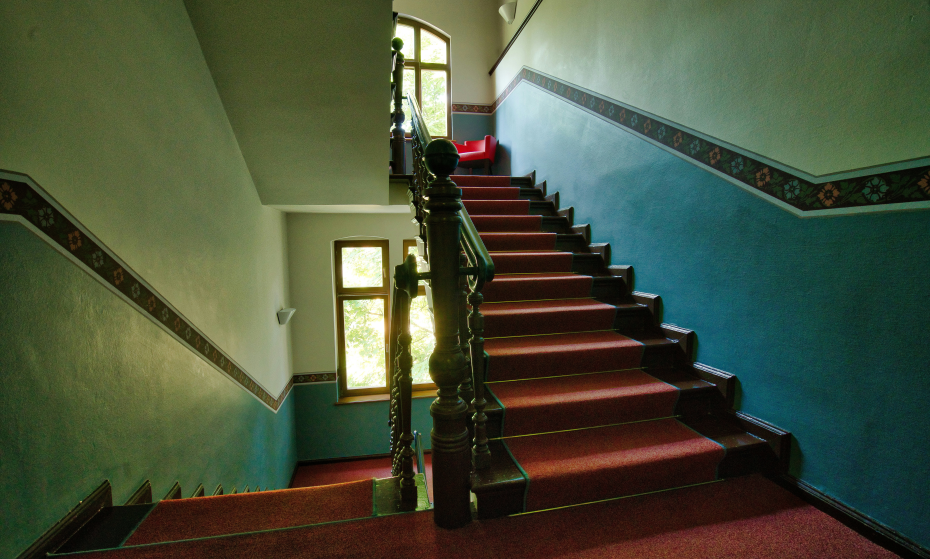Intel

Guards on Occupied Roof
This appeal board decision discusses guards on an occupied roof and the approach of providing at least 1.2 m of plantings or similar between a drop and a walking path instead of providing a guard. This approach can be useful in many areas of a building besides an occupied roof scenario.
Lore

Vancouver Staff Say NO to Single Exit Stairs
Vancouver City Council heard on Wednesday the staff report on adopting the Province's Single Exit Stair provisions. As I had suspected, staff are not supporting the adoption of the single exit stair provisions into the Vancouver Building By-Law. The report does recommend the issue be studied, including potential alternatives to provide additional options for permitting a single exit stair within small residential buildings.
We recently have been successful with an Alternative Solution proposal for permitting a single exit stair in a missing-middle infill building in Vancouver. Based on this, I expect Vancouver will likely implement a single exit stair approach in the Building By-Law at some point, but with different requirements from the Province's.
Wisdom

Industrial Mixed Use
With the high demand for housing, industrial lands in our city centres are under pressure for redevelopment. However, these lands are home to manufacturing and other similar uses that are part of the economic engine of our cities, and the loss of these lands to residential development will result in the loss of jobs within the city.
Vancouver, as well as other municipalities, is attempting to combine industrial with residential to address this challenge. A major hurdle is that our Building Code generally prohibits industrial uses to be located in the same building as residential due to the higher inherent risk of industrial uses. Only low-hazard industrial is permitted, and is included in the development discussed in the Globe and Mail Article. However, implementation of low-hazard industrial has its challenges as the restrictions in the Building Code are not based on use specifically, but on the combustible fire load within the suite which is directly related to the amount of combustible materials that will be in the suite. The result is that every business that wishes to occupy a low-hazard industrial space must prove that their combustible fire load will be within the requirements.
To help allow industrial uses in a building with residential, Vancouver implemented into their 2014 Building By-Law industrial flex spaces in Article 3.1.3.6. of Division B. While medium-hazard industrial is permitted, these requirements are unfortunately not very flexible and are costly to implement. As a result, the developments we have worked on have always defaulted to low-hazard industrial spaces instead.
The Globe and Mail Article is a rather sensationalist, as there are already other buildings in the City of Vancouver that have low-hazard industrial mixed with commercial and residential. If you have a client or are a prospective tenant of a low-hazard industrial space in one of these buildings, we would be happy to help you with the combustible fire load analysis to get approval for your use.
Unsolicited Opinion
Lessons From Grenfell
I was in Germany in June of 2017 when the Grenfell tower burned. An unexpected event in part of the world where at least I like to think we have learned to have fairly rigorous processes in place to avoid such failures.
Some, including myself occasionally, complain about our regulatory system in BC and the challenges and inefficiencies it creates for development projects. However, in general, I would say the system has been effective at avoiding tragedies like Grenfell and the large conflagration of cities that we haven't seen in over a 100 years now - wildfire seems to be our current challenge as opposed to individual fire events in buildings. Unfortunately, as discussed in this NFPA article, it is very clear that there were failures in the London building approvals system on multiple levels, which was entirely avoidable.
I have come to understand that our building regulatory system in BC and generally in Canada, is designed to create friction in the process. This friction, while frustrating occasionally, is a rigorous process with strong standards, professionals, review, and enforcement. The breakdown in the London system shows that the results can be deadly when this system is allowed to falter.
